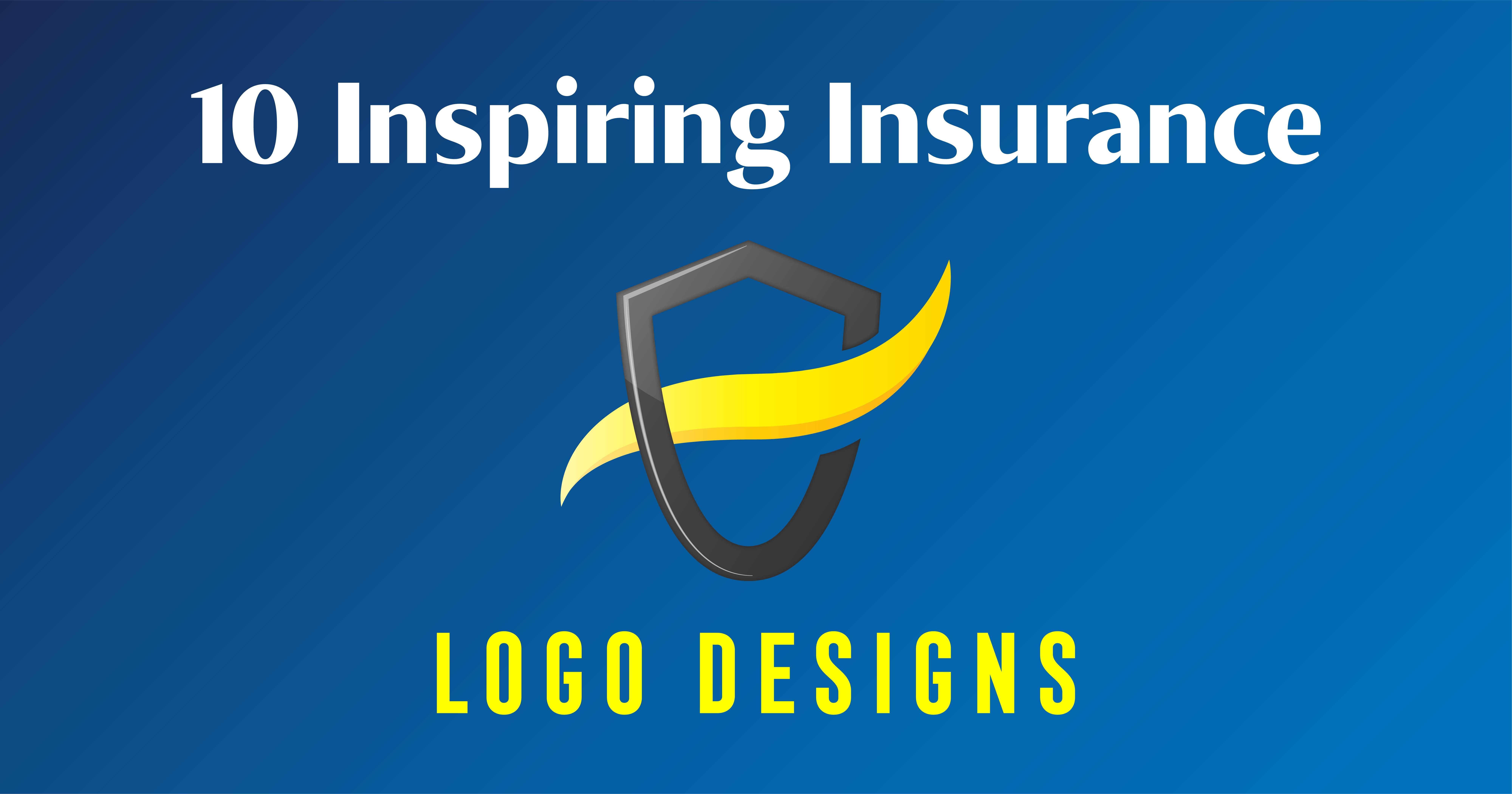 We can’t believe we’re talking about this, but then again, we suppose it’s like Bob Dylan says: The times, they (certainly) are a changin’. You see, today’s post is going to cover a subject we aren’t fond of, but that doesn’t make it any less valuable, nor impressive in terms of ROI. Today’s post is all about the Facebook Fan Page, and everything you can do to improve yours, hooking more viewers, gaining more traction, and ultimately swinging more business. It’s a dirty world, this social media networking, but someone has to do it: And as a graphic designer or web designer, that someone is you! Now pony up, Solider. It’s time to head face deep into the Facebook-ing design crash course we’ve built for you.
We can’t believe we’re talking about this, but then again, we suppose it’s like Bob Dylan says: The times, they (certainly) are a changin’. You see, today’s post is going to cover a subject we aren’t fond of, but that doesn’t make it any less valuable, nor impressive in terms of ROI. Today’s post is all about the Facebook Fan Page, and everything you can do to improve yours, hooking more viewers, gaining more traction, and ultimately swinging more business. It’s a dirty world, this social media networking, but someone has to do it: And as a graphic designer or web designer, that someone is you! Now pony up, Solider. It’s time to head face deep into the Facebook-ing design crash course we’ve built for you.
- Hook ‘Em Horns: First out of the batting cage, you’re going to want to do everything in your power to hook viewers the minute they load the page. And we mean everything. The age old adage is that viewers on the Internet have a five second attention span, leaving you little to no wiggle room. We’re willing to bet the average Facebook user has about a two-and-a-half second attention span, leaving you even less time to snag their attention and business. There are a few good ways to do this, starting with:
- Flash Them All (With Photos): You’ll want to use some kind of large, colorful, and flashy graphic on your Facebook fan page. This is a great way to ensure number one happens, and we can’t name a successful company alive that hasn’t used this technique. No matter what, include some kind of eye-catching image in your design, and whenever possible, blow it up to feature-length proportions.
- Be Interactive: Another thing we’ve noticed a lot of is interactivity. This could be as simple as your Facebook page referencing the fact that it’s a Facebook page (as in pointing to the like button as a subtle suggestion) or as in-depth as an integrated Facebook app. No matter how you accomplish this, though, you’ll want to take the attention you earned in number one and then move it to some other area of your page. Without this, the customer is likely to move on to another portion of Facebook, leaving you—and your hard work—out in the cold.



